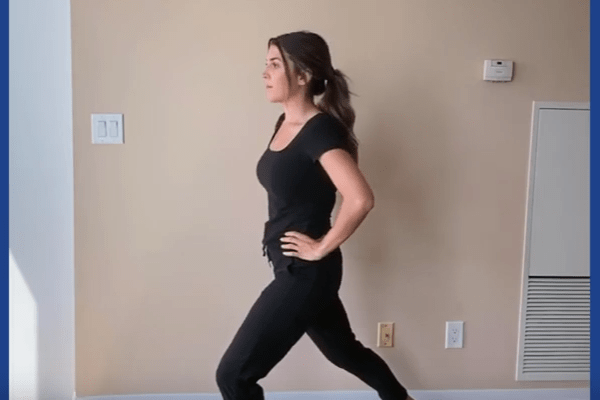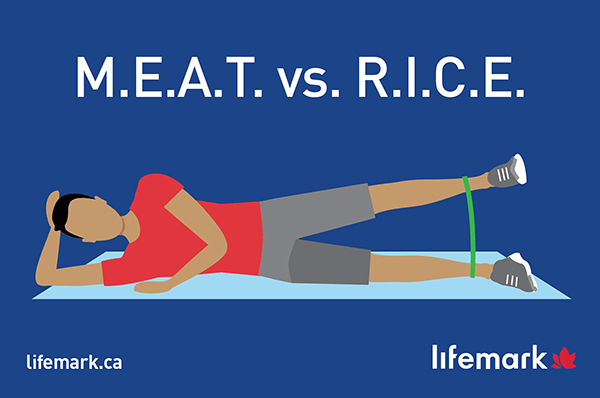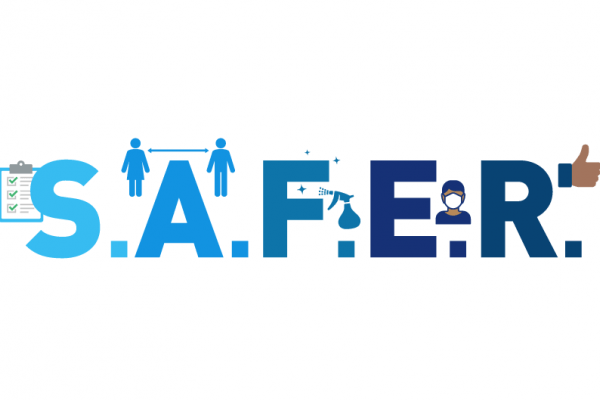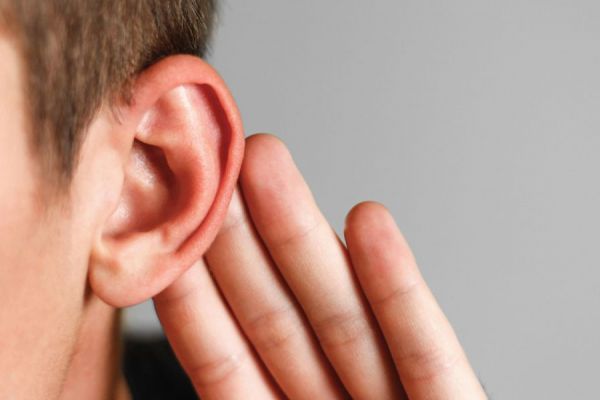What is Myofascial Release?

*This article was originally published by Neurologic Physiotherapy, which is part of the Lifemark family. We are republishing it here with permission.
Anyone who has looked into treatment for pain and injuries has probably come across Myofascial Release. As this therapy approach continues to grow in popularity, Myofascial Release provides a valuable alternative to more traditional physiotherapy and massage therapy.
So what is Myofascial Release?
Myofascial Release is a hands-on, manual approach that evaluates the whole body to treat the cause of the symptoms, whether it be pain, tightness, etc. It strives to achieve pain-free, efficient movement patterns, through alignment and balancing of the body.
This form of therapy manipulates the body’s fascia - a thin connective tissue that runs from the top of the head to the tip of the toes in an uninterrupted web. It surrounds all the organs, lymph and blood vessels, the nerves, the brain and spinal cord, and every muscle in the body. All movement involves muscle and fascia - the fascial system.
What are fascial restrictions?

Fascial restrictions are areas of tension and tightness in the body’s fascia. Fascia is naturally very flexible, but it can become tight and rigid with injury or stress – no longer properly moving.
These restrictions and tightness in fascial and connective tissues can restrict the body’s movement, flexibility and function. They may cause muscular shortness and tightness, which can cause pain by putting tension on muscles and/or joints. Restrictions in the fascia may also cause restrictions to blood flow, organ function and nerves.
Any tightness and restriction in the fascia can pull the body out of alignment. Think about a knitted blanket or sweater – when one stitch gets pulled, the rest of the surrounding stitches also get pulled and distorted and are no longer aligned. This “pulling” can cause a person to overuse a hip because they are attempting to compensate for the tightness and restriction in their movement. For example, fascial restriction of the inner thigh can pull the pelvis out of alignment, changing the position of the spine and head, creating a migraine.
Direct treatment of the headache will only yield temporary results. The original area of injury and the alignment of the pelvis must be addressed.
Release of fascial restrictions can:
- Restore movement and gait
- Properly align the body
- Fix compensatory movement patterns and postures
- Allow more flexibility
- Increase blood circulation and organ function
- Reduced inflammation in the body
How do restrictions form?
Everyday life causes restrictions and tension in the body! No matter how much we stretch and exercise, we all have compensatory movement patterns that cause restrictions. However, only when these restrictions start to interfere with our everyday life (i.e. cause pain or difficulty moving) should we seek treatment.
Restrictions can also form as a result of trauma, repetitive stress injury, scarring, inflammatory reactions, the effects of gravity on a poorly aligned body, and life stressors can all create restrictions within the fascial system. These restrictions cause pain and stiffness making it difficult for one to move and prohibiting someone from doing those things they love to do.
How is Myofascial Release practiced?

Myofascial Release is most commonly practiced by physiotherapists and massage therapists. The practitioner applies a variety of sustained pressures, in combination with stretch and motion, to unravel and release fascial tensions and tissue restrictions in your body. Myofascial Release pressures range from heavy to light depending on the body's needs.
When and why should I pursue Myofascial release?
Myofascial release can be effective for treating pain which has previously been unresponsive to other treatments. Myofascial release practitioners assess the whole body, rather than just the area of pain.
When patients feel as though they need a more comprehensive look at treatment, they often pursue myofascial release. Myofascial release can also help the body function more efficiently in more rigorous forms of exercise as it can provide better mobility, strength, flexibility and movement.
People experiencing chronic and persistent pain also often experience results, especially those with fibromyalgia. This is because Myofascial Release is very effective in treating inflammation.
A person’s nervous system can often become hypersensitive following an injury or trauma to the body. This results in an amplification of a person’s pain from muscle tension and fascial restrictions.
Myofascial release can calm down the inflammation this pain amplification causes to the nervous system. By working to relieve these restrictions through these gentle techniques, the body can release this tension and decrease a person’s overall pain.
Many people with trauma also find myofascial release to be a very effective treatment in addressing their symptoms. Expert-level myofascial therapists also having training in aiding the mind and body in sensorimotor processing.
Sensorimotor processing attempts to alter cognition in the brain by addressing the symptoms in the body. By relieving inflammation and tension in the body through myofascial release, the mind is able to process cognitive stressors more effectively as it is in a calmer, less anxious state. For example, after a day of relaxation, isn’t it much easier to feel in a better headspace?
For more information about Myofascial Release or to schedule an appointment with a physiotherapist at a Lifemark clinic near you, check out our Locations page.
Related Articles
Don't put off the care you need - here's why
Supporting our veterans with focused, holistic care
Treating an acute injury? Go for M.E.A.T. over R.I.C.E.
Understanding pelvic organ prolapse and why a pessary can help
Investigating a dizziness problem: “Can’t my doctor just order a test?”
Special Olympics athletes and the importance of support
The forward fold stretch: the perfect exercise if you work at a desk all day
How occupational therapy can help with concussion management
What is vertigo, how did I get it and what can I do about it?
Getting active is just like brushing your teeth
How to use a tennis or lacrosse ball to relieve acute muscle pain
Vestibular disorders: how vestibular therapists can help physicians
Have you heard of “prehab” for replacement surgeries and how it can help?
24 hour movement guidelines for children's best health
My New Year resolution: To prevent injuries
Can you get injured raking leaves?
Do you know someone who suffers from 'text neck'? It could be you
3 things every amateur swimmer should start doing to prevent shoulder injury
Let's keep in touch!
SIGN UP TO GET HEALTH AND WELLNESS INFO RIGHT TO YOUR INBOX
Subscribe to receive the latest health and wellness news and information in your inbox every month.
By subscribing you agree to our privacy policy. You can unsubscribe at any time.















































































































































































































We can help you move and feel better.
Book an appointment today.